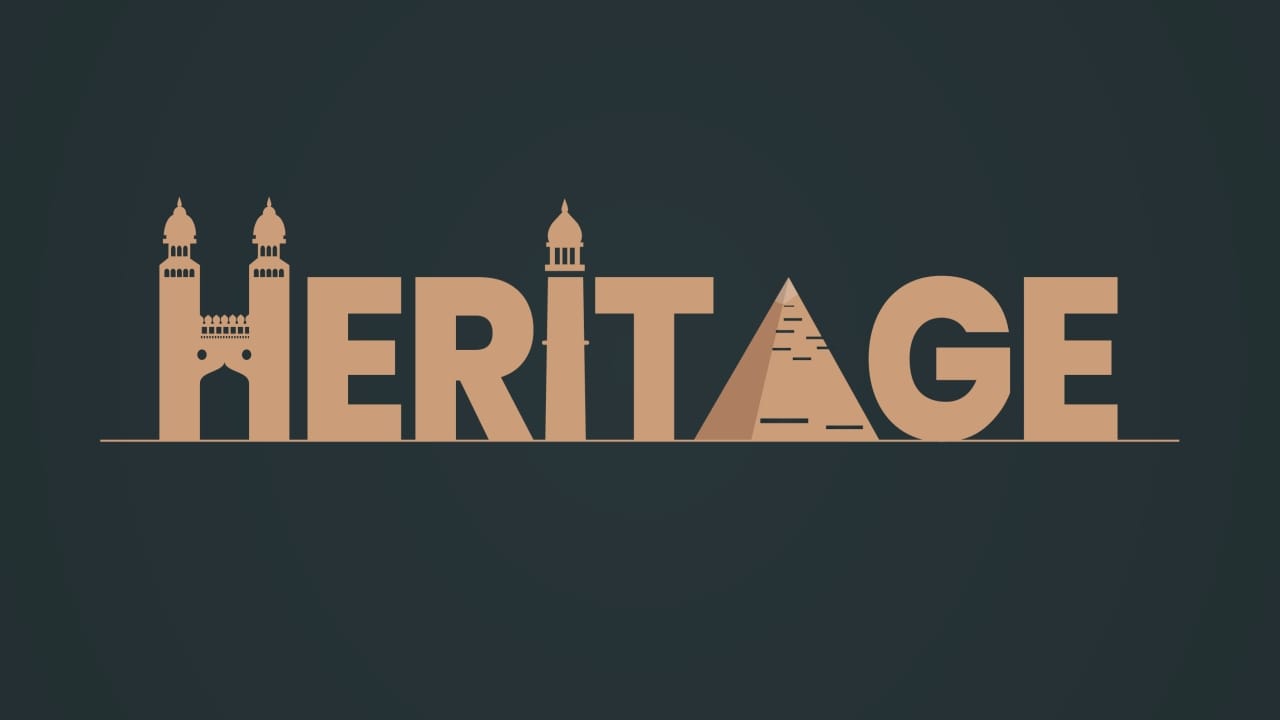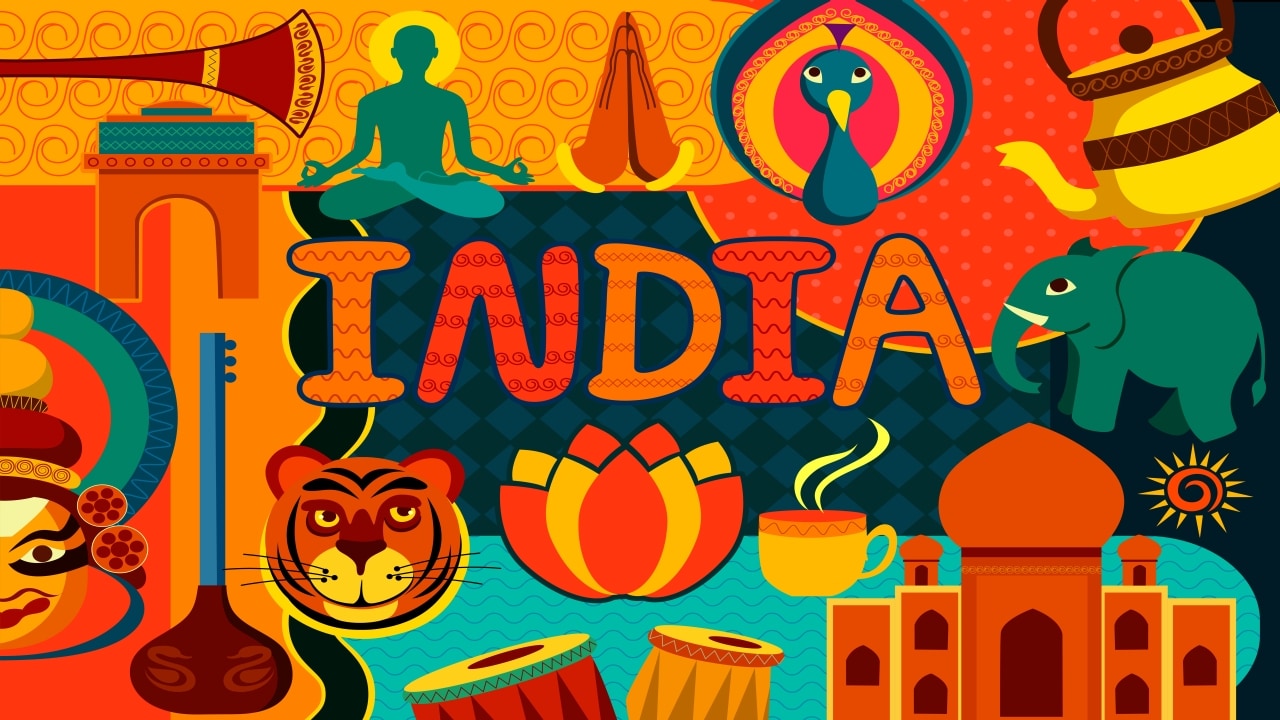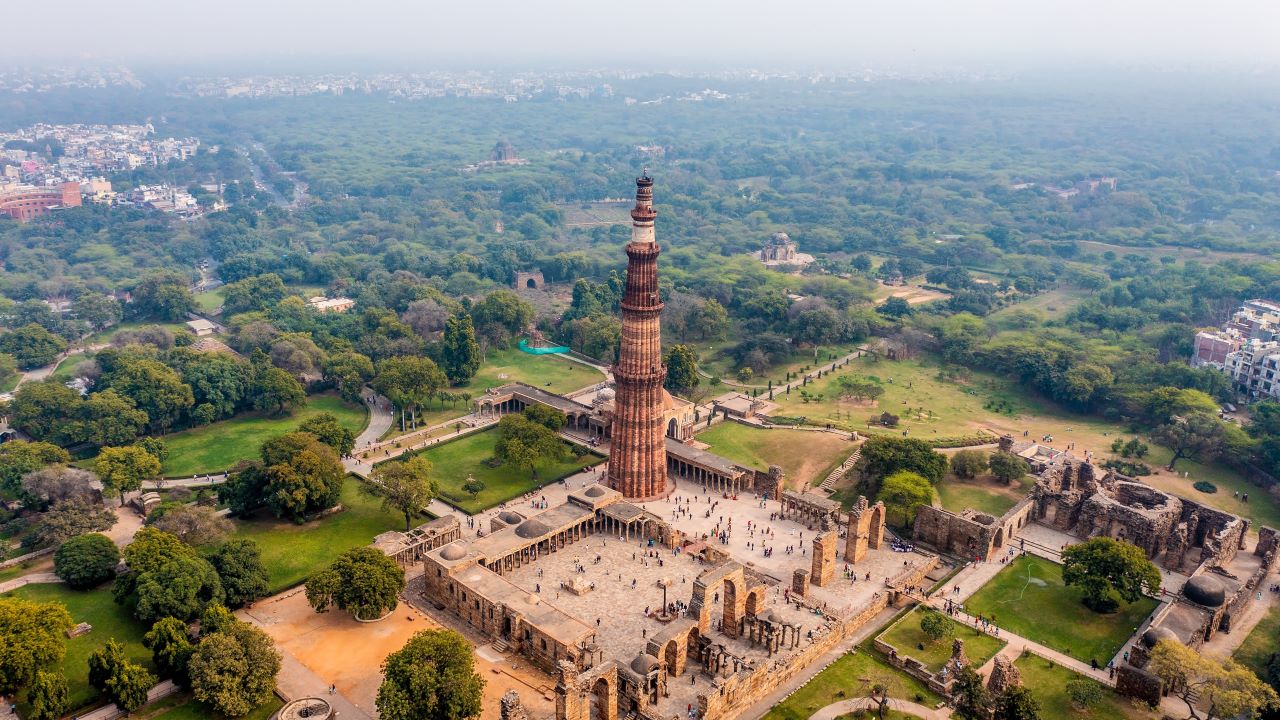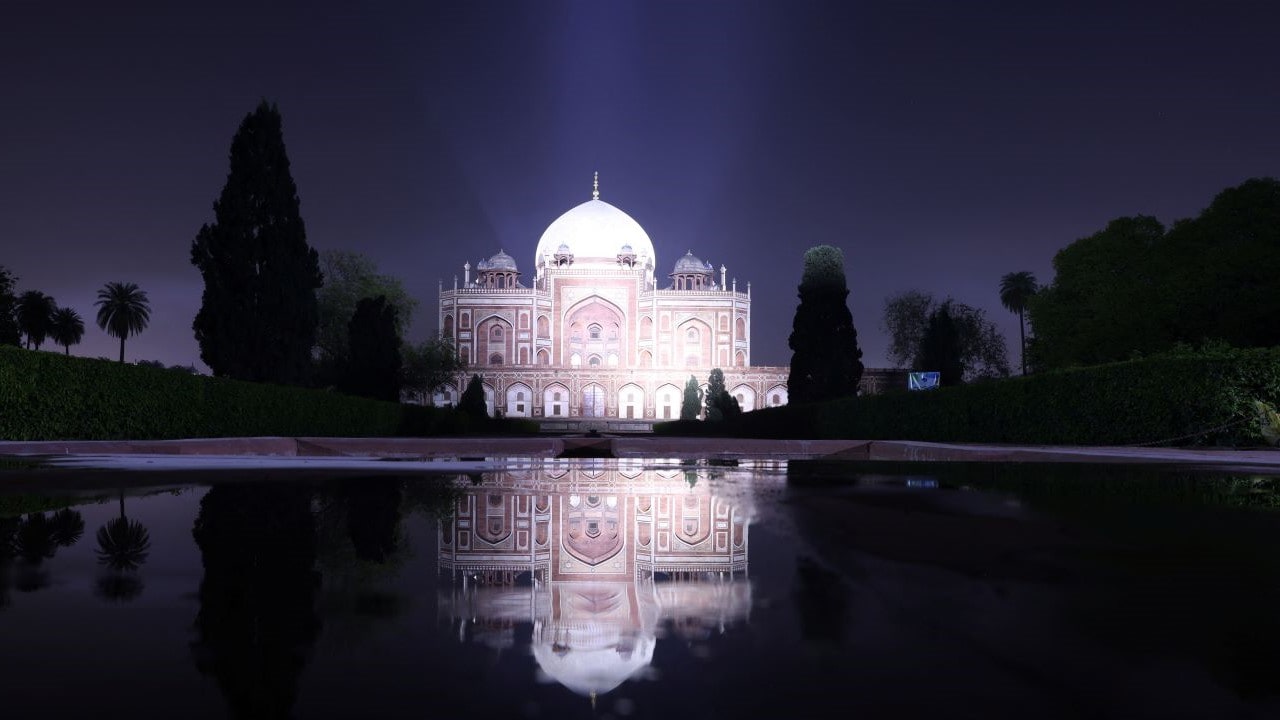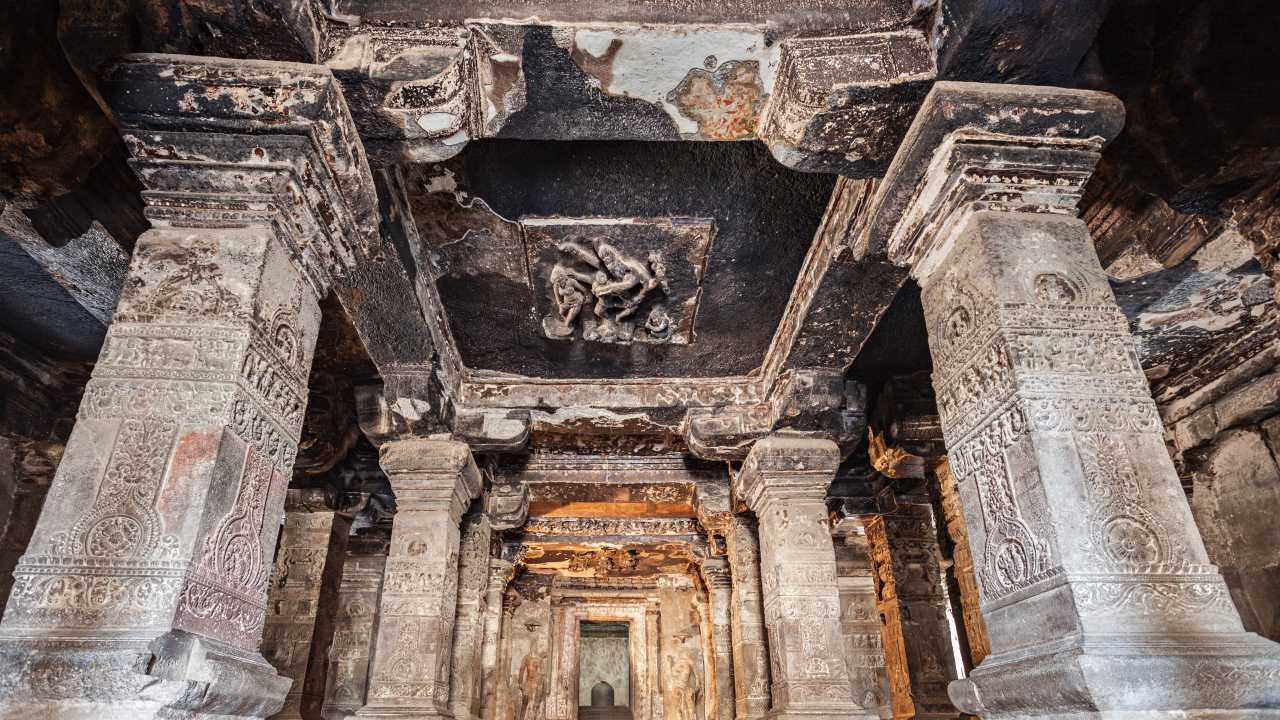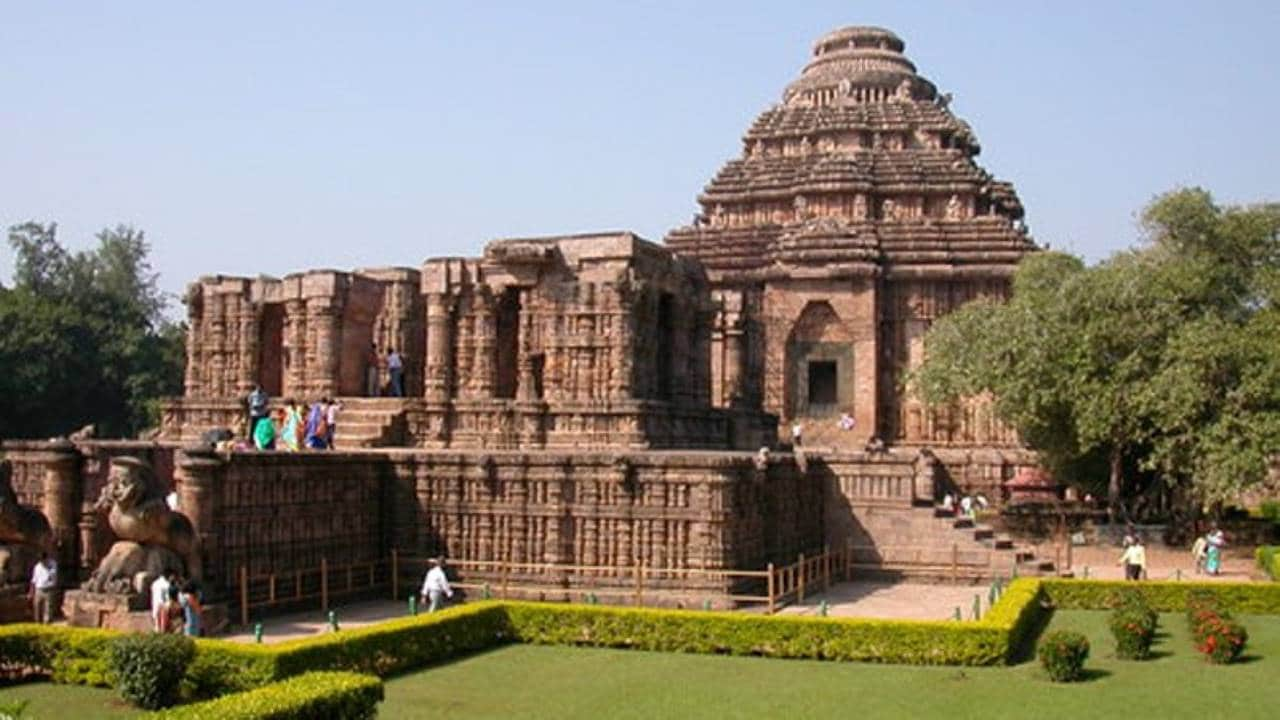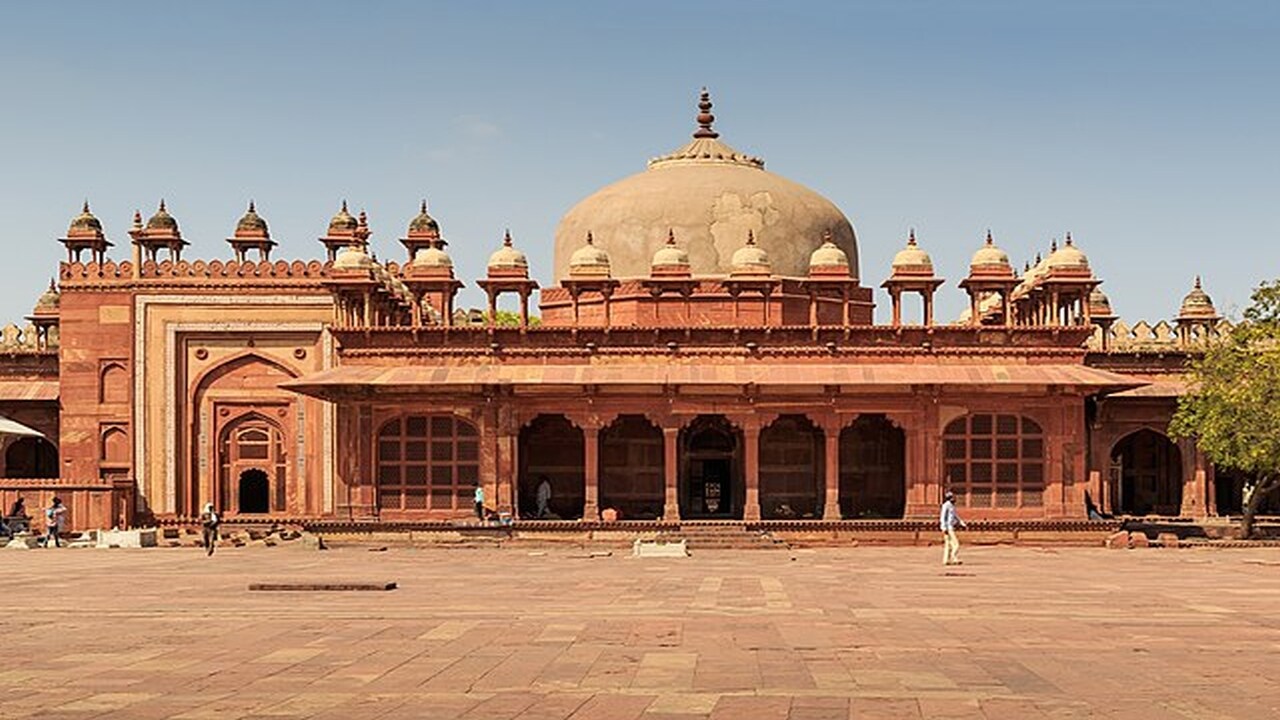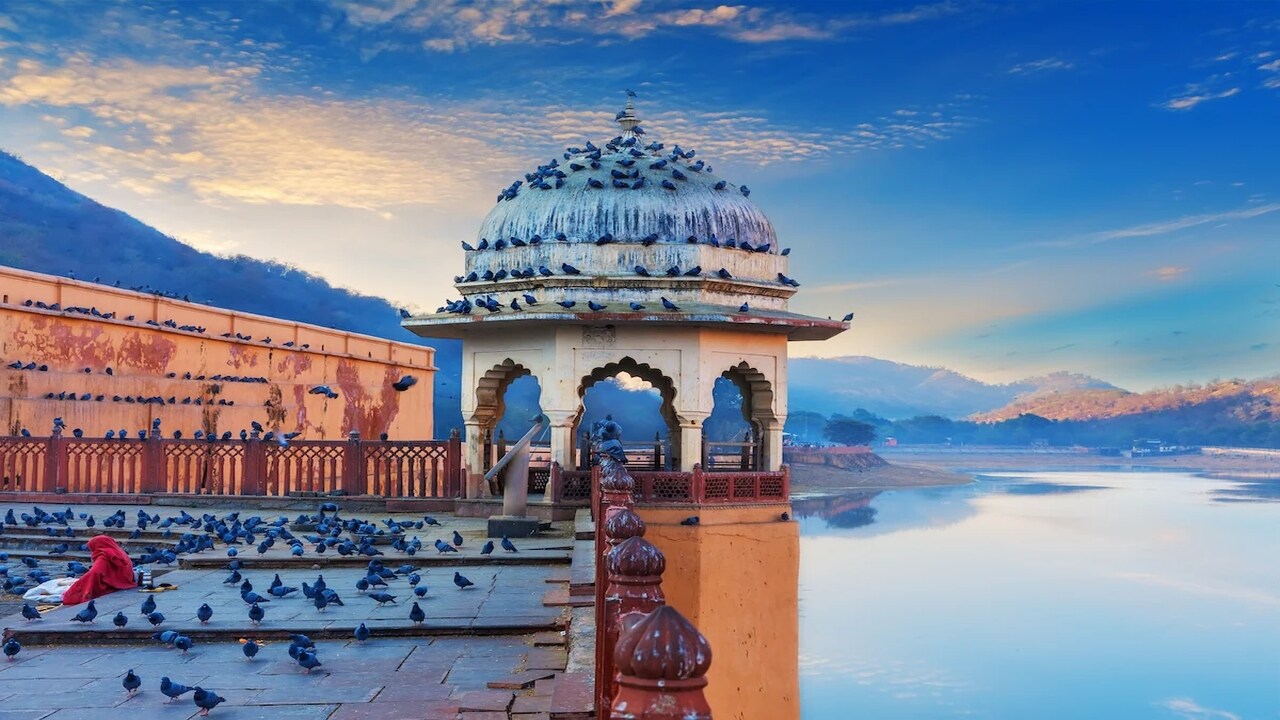World Heritage Day | How does technology help preserve and protect heritage
Summary
A variety of AI-powered tools are being used to preserve the cultural heritage and create an accurate digital replica of the historical sites for the future generations. These digital replicas can help the researchers to study a wide range of cultural heritage items, writes Vanita Srivastava.
Preservation of heritage is often broad ranged and interdisciplinary. But the technology has helped speeding up preservation, especially digitisation of collections. And the new generation technologies, including artificial Intelligence (AI), Deep Learning and Machine Learning, Augmented and Virtual Realities etc., have literally revolutionised it.
The World Heritage Day, observed on April 18 every year, has chosen the theme — Discover and Experience Diversity — this year, and it stresses the need for technology driven preservation. Natural landscapes, historical monuments, cultural practices, traditions, rituals and ancient ruins are part of the world’s heritage, and they need preservation and protection. Here is a look at how the new technologies actually help carry forward their preservation.
While there is a lot of importance being given to preservation of cultural heritage, there are equal amount of challenges too. Use of new technological tools that could assist in bridging the gap. Besides, the pandemic has brought to the fore newer methods for restoration and preservation of heritage.
AI and Heritage
A variety of AI-powered tools are being used to preserve the cultural heritage and create an accurate digital replica of the historical sites for the future generations. These digital replicas can help the researchers to study a wide range of cultural heritage items. Some AI-equipped translation software can be used to enhance the accessibility of documents, manuscripts and texts to a wider audience.
In 2019, Microsoft started a platform — AI for Cultural Heritage, for leveraging the power of AI to empower people and organisations that are dedicated to the preservation and enrichment of cultural heritage.
This platform demonstrated how technology can serve as a useful tool for helping people preserve and connect to cultural heritage on a global scale. As part of the initiative, Microsoft supports through collaborations, partnerships and investment in AI technology and resources. Under this, Microsoft and Museum of Art and Photography (MAP), Bengaluru, have also launched an AI powered platform for connecting artworks around the world. The platform— Interwoven, is rooted in MAP’s collection of South Asian textiles.
For using AI in the domain of cultural heritage, priority should be given on investment in several areas which includes infrastructure and human resources. There is a need for qualified manpower that feed high quality data. The copyright issues also needs to be resolved in such cases.
A recent report —Artificial intelligence in the context of cultural heritage and museums: Complex challenges and new opportunities, which emphasise the importance of AI in cultural heritage reconstruction, says that it has been made obvious in the case of the destruction by fire of the Notre Dame de Paris cathedral. This was also a typical example of how a digital product can contribute to the reconstruction effort.
AI is changing the digitisation process and making it more accurate. AI-powered imaging techniques have assisted in improving the quality of the digitalised images. Machine Learning algorithms can look into the environmental conditions to detect the potential risks for preservation.
Besides assisting in the revival of damaged images of historical documents, Deep Learning models can also restore the visual appearance of cultural heritage. AI driven data analysis, combined with Virtual Reality (VR) technology allows accurate reconstruction of cities and monuments.
New AI tools have provided avenues to produce tools for documenting, managing and visiting cultural heritage. Among the various challenges are limited awareness, scarcity of funds and unskilled human resources. Access to a large set of data can be challenging due to restrictions.
Tech Travel
Virtual Reality (VR) allows the creation of interactive digital models of heritage objects. VR devices can help a walk through the sites and experience a sense of immersion in the heritage environment.
To create digital and virtual models, laser scanners are used to build highly accurate three-dimensional digital models of buildings and monuments. These models can be used to document the current condition of the objects and plan restoration. Digitisation entails absorbing some high quality digital representations of cultural heritage, historical documents and artworks.
There are also monitoring systems and sensors that measure and record environmental factors that can affect the conservation of heritage assets, such as humidity, temperature, air quality and others. Laser scanning and photogrammetry are some other technologies that help in digitising the cultural heritage. This will establish a digital library for researchers, which in turn can spur the cultural vibrancy.

Elon Musk forms several ‘X Holdings’ companies to fund potential Twitter buyout
3 Mins Read
Thursday’s filing dispelled some doubts, though Musk still has work to do. He and his advisers will spend the coming days vetting potential investors for the equity portion of his offer, according to people familiar with the matter


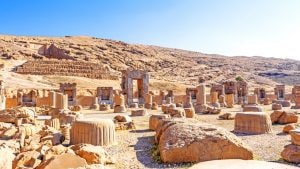






 Listen to the Article
Listen to the Article  Daily Newsletter
Daily Newsletter






